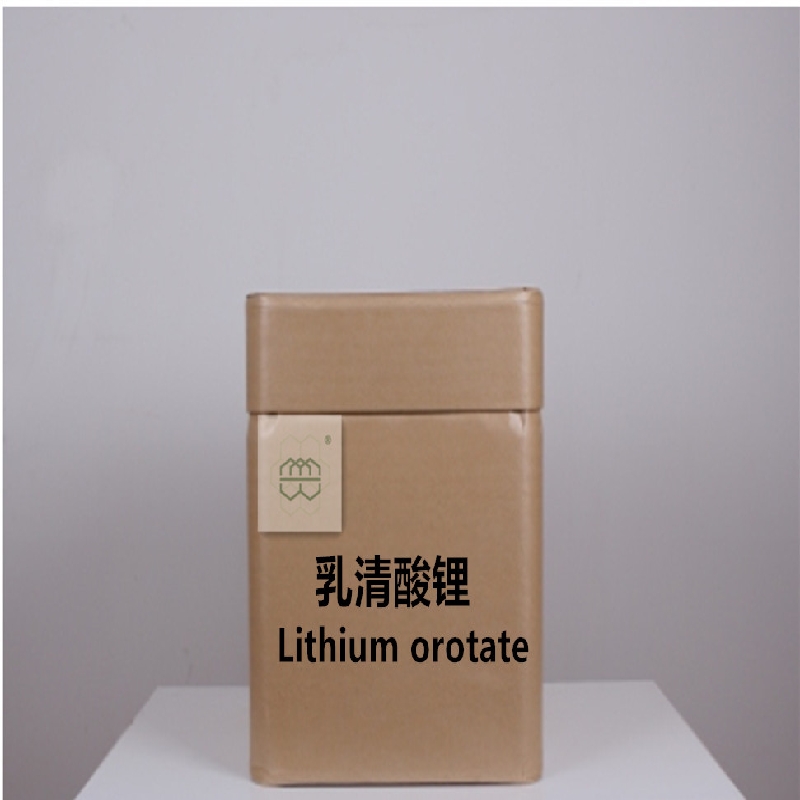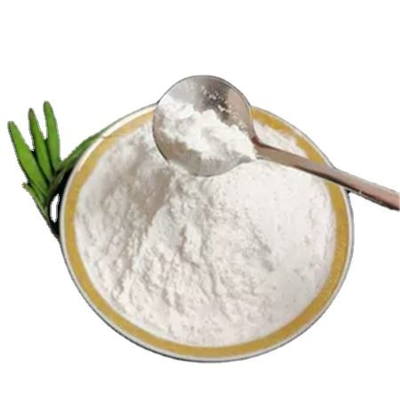-
Categories
-
Pharmaceutical Intermediates
-
Active Pharmaceutical Ingredients
-
Food Additives
- Industrial Coatings
- Agrochemicals
- Dyes and Pigments
- Surfactant
- Flavors and Fragrances
- Chemical Reagents
- Catalyst and Auxiliary
- Natural Products
- Inorganic Chemistry
-
Organic Chemistry
-
Biochemical Engineering
- Analytical Chemistry
-
Cosmetic Ingredient
- Water Treatment Chemical
-
Pharmaceutical Intermediates
Promotion
ECHEMI Mall
Wholesale
Weekly Price
Exhibition
News
-
Trade Service
Recently, the innovation team of whole genome design and breeding of cash crops at the Shenzhen Institute of Agricultural Genomics, Chinese Academy of Agricultural Sciences, released the first reference genome sequence of angelica chromosome-level reference genome of medicinal plants of Apiaceae, and revealed the synthesis and evolution mechanism of coumarin compounds, providing new insights
for the evolution of apiaceae plants.
The findings were published in The Plant Journal
.
for the evolution of apiaceae plants.
The findings were published in The Plant Journal
.
Angelica is an herbaceous plant of the Apiaceae family, which has the effect
of moisturizing the intestines, replenishing blood and activating blood, regulating menstruation and relieving pain.
However, the whole genome of angelica has not been reported, limiting its genetic development, medicinal quality, and molecular breeding research
.
of moisturizing the intestines, replenishing blood and activating blood, regulating menstruation and relieving pain.
However, the whole genome of angelica has not been reported, limiting its genetic development, medicinal quality, and molecular breeding research
.
The researchers sequenced and assembled the whole genome of angelica with a genome size of 2.
37 Gb and an assembly integrity rate of 98.
6%, annotating a total of 43,202 genes
.
It was first discovered that angelica diverged from the apiaceae plant cress about 27.
7 million years ago, and experienced a genome-wide doubling event unique to celery subfamily, which preliminarily explained the evolutionary law
of the angelica genome.
At the same time, the key genes of simple coumarin synthesis and regulation in angelica were screened, which provided new ideas for the biosynthesis of coumarin compounds and provided a basis
for accelerating the genetic research and medical application of coumarin compounds.
37 Gb and an assembly integrity rate of 98.
6%, annotating a total of 43,202 genes
.
It was first discovered that angelica diverged from the apiaceae plant cress about 27.
7 million years ago, and experienced a genome-wide doubling event unique to celery subfamily, which preliminarily explained the evolutionary law
of the angelica genome.
At the same time, the key genes of simple coumarin synthesis and regulation in angelica were screened, which provided new ideas for the biosynthesis of coumarin compounds and provided a basis
for accelerating the genetic research and medical application of coumarin compounds.
The research was supported
by the National Key Research and Development Program of China, the National Natural Science Foundation of China, the Shenzhen Science and Technology Program, the China Postdoctoral Science Foundation, and the Guangdong Basic and Applied Basic Research Fund.
by the National Key Research and Development Program of China, the National Natural Science Foundation of China, the Shenzhen Science and Technology Program, the China Postdoctoral Science Foundation, and the Guangdong Basic and Applied Basic Research Fund.
Original link: https://onlinelibrary.
wiley.
com/doi/10.
1111/tpj.
16007
wiley.
com/doi/10.
1111/tpj.
16007







